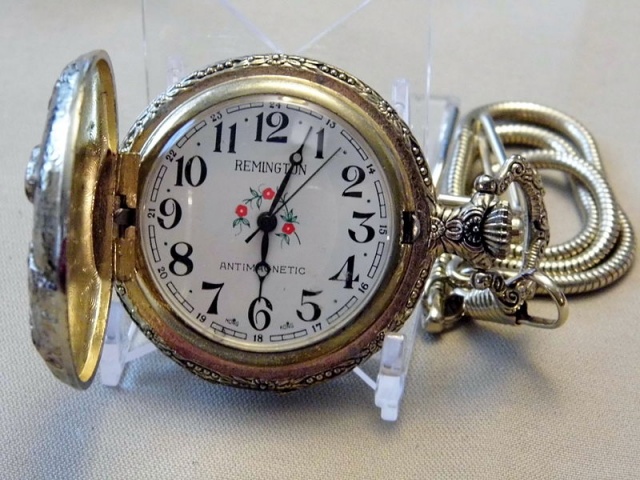Turning back time…Watches have passed quite a long development process over the years, during which time they have managed to radically change from a necessary accessory into an important fashion ornament, forcing their functionality into the second place.
However, taking into account the influx of gadgets empowered by super-precise electronic watches, your traditional wristwatches have managed not to be ousted from the marketplace, still taking centre stage when emphasizing the wearer’s status, achievements, taste, and addiction to fashion.
But what development stages have watches passed? In spite of the fact that watches are a ‘must-have’ accessory for many business people nowadays, it should be noted that the very first watch was purely feminine. Made of a gold bracelet adorned with precious stones, it was created for Evgenia Bogarne – Napoleon Bonaparte’s stepson. However, it was still too early to talk about the serial production of watches on a bracelet – as watches were merely a way of distinguishing royal family originality. The mechanisms were still rather fragile and far from being accurate. Therefore, men considered the watches a ladies’ toy, giving preference to pocket watches, which were often family relics or awards for long service, and consequently granted extra solidity to the owner.
The outbreak of World War I radically changed the situation in favour of the watches. As the hands of the soldiers were occupied with different weapons and the need of synchronizing military operations constantly forced soldiers to be distracted from the battle and watch their pocket clock, many officers and airmen began simply fastening their pocket watches on their wrists. The latter highly encouraged the development of watches. In addition to the military, pilots and sailors started to use wristwatches as well, nevertheless in high society, wearing a wristwatch was not that accepted up to the 1930s.
It should be noted that many watchmakers didn’t believe in the future of watches, as they were inclined to think that pocket watches were out of composition and fashionability due to their accuracy design and perfection. So watchmakers were not motivated to invest any time and effort to improve the mechanism of wristwatches. Nevertheless, time proved the contrary as in Europe and in the US watches became more and more popular as a fashion accessory. Even the most conservative companies soon were forced to modernize their watches, as the poor quality of their product began to cast a shadow on the reputation of the companies.
One of the pioneer companies, engaged in the production of wristwatches, was the Swiss Wilsdorf & Davis, founded by Hans Wilsdorf in England in 1905. Wilsdorf constantly experimented with new models and was one of the first watchmakers who sent their products to check the accuracy of the hourly move to the Swiss Observatory. In 1915, the company was renamed “Rolex Watch Company”, and in 1926 Rolex invented the first waterproof watch, called “Oyster”. Other famous watch manufacturers of the times were Swiss companies Omega (founded in 1848) and Tissot, (founded in 1853).
High competition constantly challenged watch companies improve their functionality and design, as a result of which watches became lighter and thinner, more accurate and more detailed, meanwhile, changes were made in their material specifications, types, and models.
Today, wristwatches are not just an accessory and attribute, but rather a piece of jewellery, an accessory which uncovers one’s personality and status and silently tells so much about the owner. And this is the secret of how watches so successfully overcame the challenge of electronic gadgets and why so many people follow chronoexpert and purchase more and more watches.
Poppy Watt


